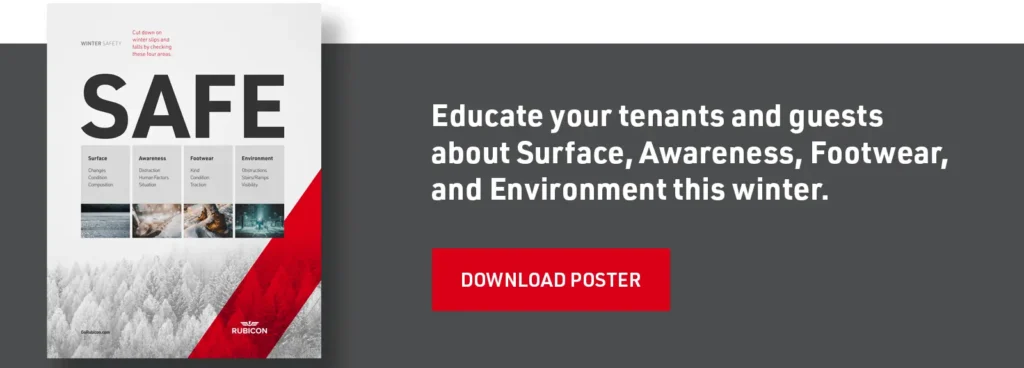As winter gets closer, businesses in Utah need to get ready for the problems that come with ice and snow. It's important to follow safety rules to keep workers, customers, and property safe. With snowstorms and freezing temperatures, Utah winter safety should be top priority. Learn key tips and guidelines to help businesses stay safe during the winter months.
Utah is famous for its beautiful snowy views, but the snow also brings serious winter dangers. Snow buildup and ice can make it risky for people on commercial properties. These conditions can lead to accidents, like slips and falls, and damage to property. Using good winter safety practices can help reduce risks and increase property safety.
To keep your property safe and avoid problems, it’s important to have a good winter safety plan. Here are some key tips to help you protect your commercial property during the winter:
Maintain Safe Walkways and Entrances
Regular Inspections and Maintenance
Address Roof and Gutter Issues
One of the most important aspects of winter safety is effective snow removal. Snow buildup on walkways, parking lots, and entrances can create dangerous conditions. It’s essential to have a snow removal plan that includes regular clearing of snow and ice. You might need to hire a snow removal service or have your maintenance team take care of it.
Ice can be even more dangerous than snow because it's so slippery. To stop ice from forming, use de-icing materials like salt or sand. Spread these materials before and after snowstorms to help prevent ice and reduce the risk of slipping.
In 2020, there were 13,960 falls that happened on ice, sleet, or snow, reported by the U.S. Bureau of Labor Statistics. Of these, 5,870 needed medical treatment, and 520 were serious enough to require hospitalization. Plus, one injury claim from a worker with a head injury from slipping on ice can cost more than $500,000. This shows how important it is to manage ice, sleet, and snow around your business.
Entrances and walkways are high-traffic areas that are particularly vulnerable during the winter. Ensure that these areas are well-maintained and free from snow and ice. Regular inspections should be conducted to address any issues promptly. If you are contracting your snow and ice management, read this blog about what questions to ask.
With shorter daylight hours in winter, ensuring that your commercial property is well-lit is essential for safety. Good lighting helps prevent accidents by making it easier for individuals to see and avoid potential hazards.
Educate your employees about winter safety practices. This training should cover the importance of wearing appropriate winter clothing, recognizing and avoiding hazardous conditions, and knowing how to report safety concerns.

Regular inspections of your property are vital for identifying and addressing potential winter hazards. This includes checking roofs for snow accumulation, ensuring that drainage systems are clear, and inspecting parking lots for cracks or other damage that could worsen with freezing temperatures.
Prepare for winter emergencies by having a plan in place. This includes having supplies such as first-aid kits, flashlights, and emergency contact information readily available. Additionally, ensure that your team knows what to do in the event of a winter-related emergency.
Snow and ice can put additional strain on roofs and gutters. It’s important to ensure that these structures are well-maintained to prevent damage or leaks. Clear gutters of debris to ensure proper drainage and inspect roofs for any signs of stress or damage.
Ensure that your commercial property remains accessible during the winter months. This includes keeping parking areas, walkways, and entrances clear of snow and ice. Additionally, use clear signage to indicate hazardous areas and provide directions for safe navigation.
Parking lots can become particularly hazardous during winter due to snow and ice. Regularly clear snow from parking spaces and driveways, and apply de-icing materials as needed. Ensure that parking lot lighting is adequate to help drivers navigate safely.
Keeping your commercial property safe during Utah's winter involves being proactive. To reduce risks from winter weather, you should:
Following these safety tips will help make your property safer for both employees and guests. Stay prepared and focus on winter safety to protect your business and everyone in it.
Finding trustworthy, reliable professionals for any job can be a difficult, time-consuming task. If you need work done quickly and within budget, we can help. Just fill out the form, and you’ll hear back within a few business hours.
We will never sell or distribute your private information.